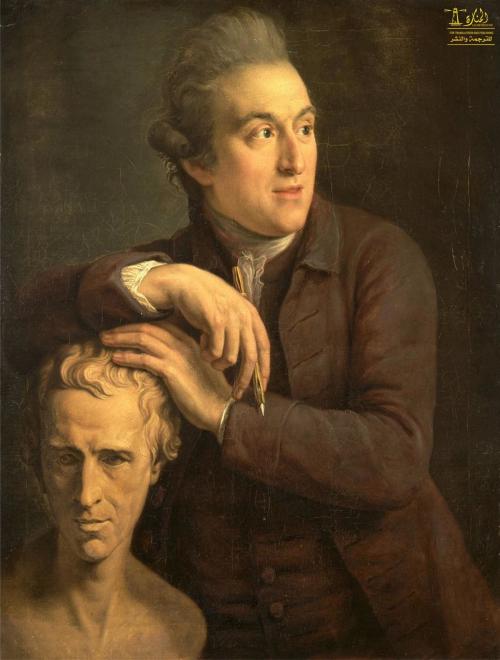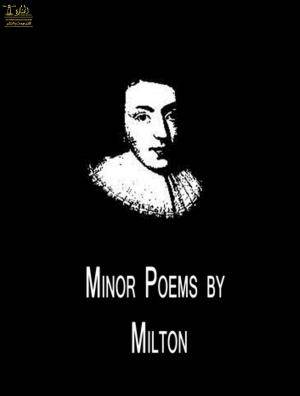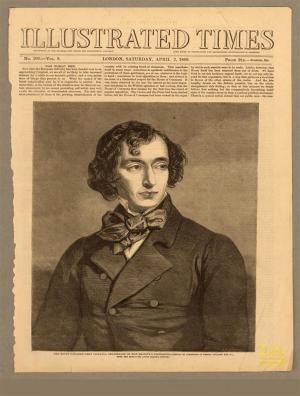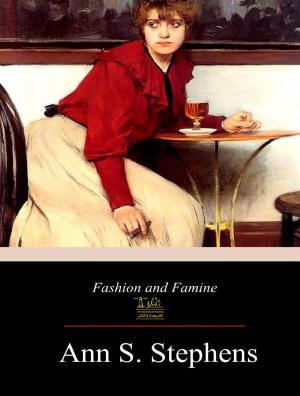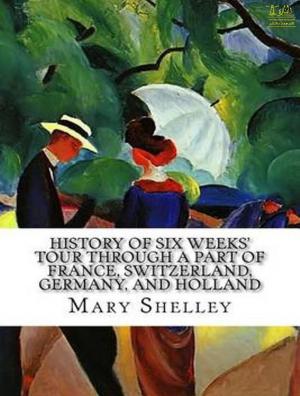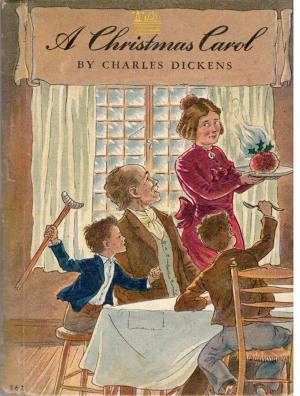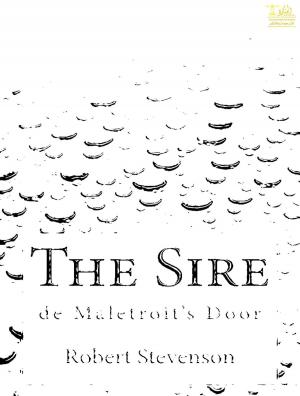A Sentimental Journey Through France and Italy
Nonfiction, Entertainment, Drama, Anthologies, Fiction & Literature, Essays & Letters, Essays, Literary Theory & Criticism| Author: | Laurence Sterne | ISBN: | 9780599459977 |
| Publisher: | Lighthouse Books for Translation Publishing | Publication: | May 17, 2019 |
| Imprint: | Lighthouse Books for Translation and Publishing | Language: | English |
| Author: | Laurence Sterne |
| ISBN: | 9780599459977 |
| Publisher: | Lighthouse Books for Translation Publishing |
| Publication: | May 17, 2019 |
| Imprint: | Lighthouse Books for Translation and Publishing |
| Language: | English |
Laurence Sterne, (born Nov. 24, 1713, Clonmel, County Tipperary, Ire.—died March 18, 1768, London, Eng.), Irish-born English novelist and humorist, author of Tristram Shandy (1759–67), an early novel in which story is subordinate to the free associations and digressions of its narrator. He is also known for the novel A Sentimental Journey (1768).
Sterne’s father, Roger, though grandson of an archbishop of York, was an infantry officer of the lowest rank who fought in many battles during the War of the Spanish Succession (1701–14). In Flanders, Roger married Agnes, the widow of an officer, but of a social class much below Roger’s. The regiment retired to Ireland, and there Laurence was born. Most of his early childhood was spent in poverty, following the troops about Ireland. Later, Sterne expressed his affection for soldiers through his portraits in Tristram Shandy of the gentle uncle Toby and Corporal Trim.
After graduating he took holy orders and became vicar of Sutton-on-the-Forest, north of York. He soon became a prebendary (or canon) of York Minster and acquired the vicarage of Stillington. At first he was helped by another uncle, Jaques Sterne, precentor of York and archdeacon of Cleveland, a powerful clergyman but a mean-tempered man and a rabid politician. In 1741–42 Sterne wrote political articles supporting the administration of Sir Robert Walpole for a newspaper founded by his uncle but soon withdrew from politics in disgust. His uncle became his archenemy, thwarting his advancement whenever possible.
As a clergyman Sterne worked hard but erratically. In two ecclesiastical courts he served as commissary (judge), and his frequent sermons at York Minster were popular. Externally, his life was typical of the moderately successful clergy. But Elizabeth, who had several stillborn children, was unhappy. Only one child, Lydia, lived.
In 1759, to support his dean in a church squabble, Sterne wrote A Political Romance (later called The History of a Good Warm Watch-Coat), a Swiftian satire of dignitaries of the spiritual courts. At the demands of embarrassed churchmen, the book was burned. Thus, Sterne lost his chances for clerical advancement but discovered his real talents. Turning over his parishes to a curate, he began Tristram Shandy. An initial, sharply satiric version was rejected by Robert Dodsley, the London printer, just when Sterne’s personal life was upset. His mother and uncle both died. His wife had a nervous breakdown and threatened suicide. Sterne continued his comic novel, but every sentence, he said, was “written under the greatest heaviness of heart.” In this mood, he softened the satire and told about Tristram’s opinions, his eccentric family, and ill-fated childhood with a sympathetic humour, sometimes hilarious, sometimes sweetly melancholic—a comedy skirting tragedy.
Laurence Sterne, (born Nov. 24, 1713, Clonmel, County Tipperary, Ire.—died March 18, 1768, London, Eng.), Irish-born English novelist and humorist, author of Tristram Shandy (1759–67), an early novel in which story is subordinate to the free associations and digressions of its narrator. He is also known for the novel A Sentimental Journey (1768).
Sterne’s father, Roger, though grandson of an archbishop of York, was an infantry officer of the lowest rank who fought in many battles during the War of the Spanish Succession (1701–14). In Flanders, Roger married Agnes, the widow of an officer, but of a social class much below Roger’s. The regiment retired to Ireland, and there Laurence was born. Most of his early childhood was spent in poverty, following the troops about Ireland. Later, Sterne expressed his affection for soldiers through his portraits in Tristram Shandy of the gentle uncle Toby and Corporal Trim.
After graduating he took holy orders and became vicar of Sutton-on-the-Forest, north of York. He soon became a prebendary (or canon) of York Minster and acquired the vicarage of Stillington. At first he was helped by another uncle, Jaques Sterne, precentor of York and archdeacon of Cleveland, a powerful clergyman but a mean-tempered man and a rabid politician. In 1741–42 Sterne wrote political articles supporting the administration of Sir Robert Walpole for a newspaper founded by his uncle but soon withdrew from politics in disgust. His uncle became his archenemy, thwarting his advancement whenever possible.
As a clergyman Sterne worked hard but erratically. In two ecclesiastical courts he served as commissary (judge), and his frequent sermons at York Minster were popular. Externally, his life was typical of the moderately successful clergy. But Elizabeth, who had several stillborn children, was unhappy. Only one child, Lydia, lived.
In 1759, to support his dean in a church squabble, Sterne wrote A Political Romance (later called The History of a Good Warm Watch-Coat), a Swiftian satire of dignitaries of the spiritual courts. At the demands of embarrassed churchmen, the book was burned. Thus, Sterne lost his chances for clerical advancement but discovered his real talents. Turning over his parishes to a curate, he began Tristram Shandy. An initial, sharply satiric version was rejected by Robert Dodsley, the London printer, just when Sterne’s personal life was upset. His mother and uncle both died. His wife had a nervous breakdown and threatened suicide. Sterne continued his comic novel, but every sentence, he said, was “written under the greatest heaviness of heart.” In this mood, he softened the satire and told about Tristram’s opinions, his eccentric family, and ill-fated childhood with a sympathetic humour, sometimes hilarious, sometimes sweetly melancholic—a comedy skirting tragedy.
